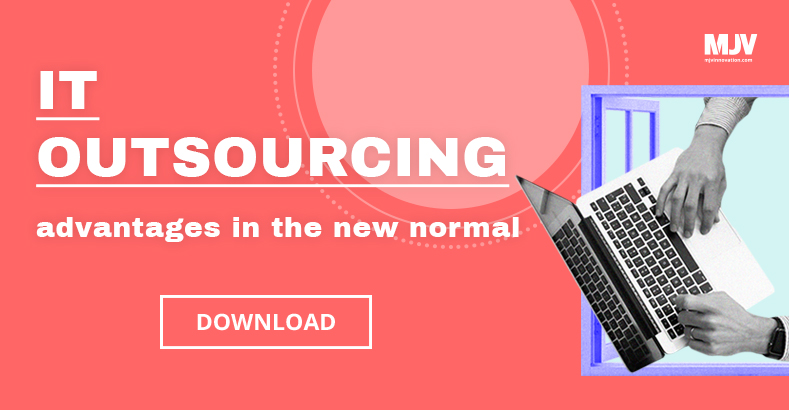Scaling your Cloud Computing with API Solutions
APIs are taking over the world of software development. Find out more about the tech and concepts behind APIs, and how they play an essential role in Cloud Computing.
Open Banking, Open Finance, Open Insurance… For the less curious, it may seem that the industry sectors have decided to open up all sorts of things in recent years.
Looking deeper, it is possible to observe some important market movements:
• a decentralization of the market and increased competition;
• an ever-increasing approximation between industries, which will offer us a variety of new revenue/business models and a clash of titans;
• and even a new wave of enthusiasm for Open Innovation, boosting the practice of M&A and the creation of joint ventures.
And one of the factors behind it all are 3 letters: API, the Application Programming Interfaces.
And how is Cloud Computing related to this? Keep reading the article and you will find out.
Scalable APIs
This is essentially an inversion of the traditional “open core” business model. In open core, the product is essentially open-source, except for the fact that new features and third-party add ons are sold at a premium. Normally, this core is only accessible through other APIs and is not visible on the cloud.
APIs have provided higher quality and differentiated editions of open core programs. These enterprise editions have migrated to more periphery use through wearable tools, widgets, and components. This spread of accessibility and platform communication has led to more open-source vendors on the periphery as well. Vendors can provide more access to their code due to the simple monetization of API calls and transactions.
→ Insurers, this is for you: Open Insurance: How Open API is transforming the Insurance Market. Click and access!
House Flipping
The best analogy for understanding APIs and open core is a home renovation project. If you want to add a new bathroom to an existing building, you need to hire a plumber and a contractor. The plumber brings in the pipes and installs them; the contractor then builds the toilet around the services provided by the plumber’s installation.
Most people usually don’t care and sometimes don’t even know where these pipes come from or how they connect to the general plumbing system. We simply know what our input value is and what our output value is (clean water). We know that both need to work and function well. We usually have an acceptable Service Level Agreement (SLA), which is a performance expectation around how this “plumbing” should work. When we flush, for example, we expect the toilet (API) to simply take care of everything. And when we turn on the faucet, water needs to flow at a certain pressure (another SLA for API performance).
The point here is that the only information we need is how to work the API (toilet), and the SLA is our performance expectation (that the toilet works as intended). When we design a bathroom, we spend time thinking about the style of sink we want to buy, the type of tile to install, and the overall layout. This “look” is what adds value to the house. We still have to pay the plumber, but it would be crazy to completely change the plumbing throughout your entire house every time you want to renovate your bathroom or kitchen. The innovation here has shifted from the core to the perimeter.
This is exactly what is happening with the advancement of APIs on the market. Developers are realizing that acquiring a high-performance API allows them to focus on value-added services.
APIs and Cloud Computing
With companies moving more and more of their operations and products over to the cloud, the need for large-scale cloud system management becomes more apparent. This requirement is exactly the reason why APIs are so prevalent in the market:
• Companies are turning to “As-a-service” business models.
• These function better as Cloud Platforms.
• Open core models allow for third-party developers to expand upon initial core service features.
• Multiple third-party developers working together on the same cloud platform require the use of APIs.
The most prevalent scenario today is comprised of companies that coexist with several cloud service providers with varied engagement concepts, from Platform as a Service or Infrastructure as a Service to Software as a Service.
Sometimes, smaller companies can choose to have a single service provider to fulfill all of their needs, minimizing complexity and allowing all communication to remain “in-house”. The problem with this is the decrease in variety and overall content quality, as well as the dependency on a single service provider.
It’s quite clear that the future of products, software, and online infrastructure is as a service. And the future of aaS is open APIs.
Open Stack or Open Standard
The future of open code sharing and APIs might be closer than you think!
Some initiatives have begun to sprout all around the world. From Open Stack Foundations to Open Standards in the EU. The idea is simple: create a more homogenized and less complex set of standards for APIs and communication between them.
While APIs are allowing complex machines and systems to communicate with one another, the concept of a freely accessible and global standardization for API-enabled platforms means even greater usability and efficiency when it comes to communication, operation, and development. You can think of these standards as common languages for programmers and developers to use when creating their APIs.
This is just the tip of the API and Cloud Computing iceberg. If you’re interested in finding out more about the subject, check out some of our other articles here.

